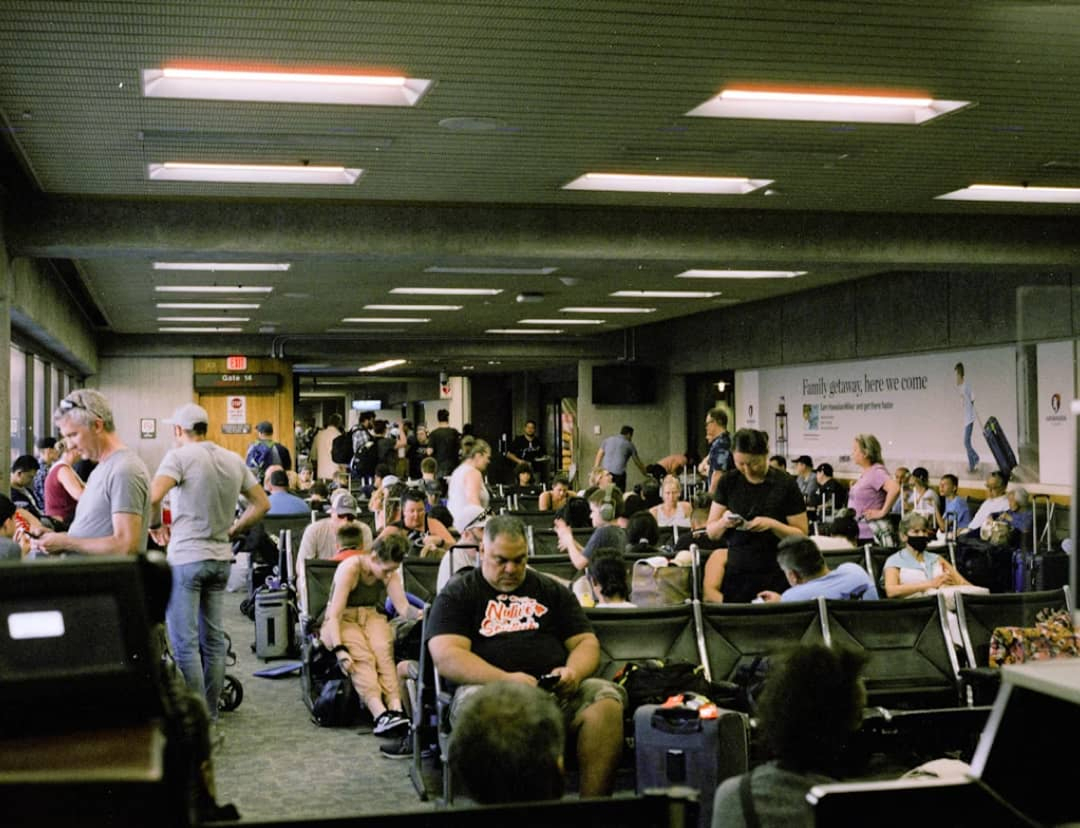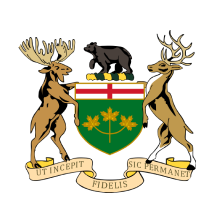New data from Immigration, Refugees and Citizenship Canada indicates that Canada is on track to surpass its immigration targets for 2025. In the first seven months of the year, the country welcomed 246,300 new permanent residents. If this trend continues, Canada could see approximately 422,000 new permanent residents by the end of 2025. This figure exceeds the Liberal government's target of 395,000, which was set to manage community capacity.
Currently, Canada is accepting an average of 1,200 new permanent residents daily. This rate is significantly higher than historical levels, with the current intake being about 62 percent greater than the 260,400 new immigrants admitted in 2014. At that time, Statistics Canada noted that immigration levels were the highest since before World War I. In 2014, Canada averaged 21,700 permanent residents per month, while in 2025, the monthly average has risen to 35,180.
The discrepancy in immigration targets is even more pronounced in the Temporary Foreign Worker Program. The government had planned to approve 82,000 entries for 2025, but data shows that 105,195 permits were granted in just the first half of the year. Temporary migration has played a significant role in Canada's population growth, which has surged from 38 million in 2021 to 41.7 million in 2025, averaging an increase of 900,000 people annually. This growth rate is higher than that of any other G7 country.
In late 2024, Statistics Canada reported that Canada had reached a record three million non-permanent residents, including international students and temporary foreign workers. The Liberal government has indicated plans to reduce the proportion of temporary migrants in the population from seven percent to five percent by the end of 2026. However, the intake of temporary foreign workers has remained consistent, with 105,195 permits issued in the first half of 2025 compared to 109,310 in the same period of 2024.
Immigration has become a key issue differentiating the Liberal government from the opposition Conservative Party. Conservative Leader Pierre Poilievre criticized the federal government's immigration policies during the spring election campaign. He has since proposed setting immigration targets based on homebuilding rates and has called for "severe limits on population growth," suggesting that Canada should have more people leaving than arriving in the coming years.
Public sentiment regarding immigration appears to be shifting. A recent Leger poll found that a majority of Canadians believe the country is admitting too many immigrants. This sentiment is echoed among immigrants, with 57 percent of foreign-born respondents agreeing that Canada is bringing in too many newcomers, compared to 60 percent of non-immigrants.

 Canada News
Canada News

 Local News in Ontario
Local News in Ontario Raw Story
Raw Story Daily Kos
Daily Kos The Babylon Bee
The Babylon Bee FOX 2 Detroit Sports
FOX 2 Detroit Sports The Daily Beast
The Daily Beast AlterNet
AlterNet The Denver Gazette Golf
The Denver Gazette Golf